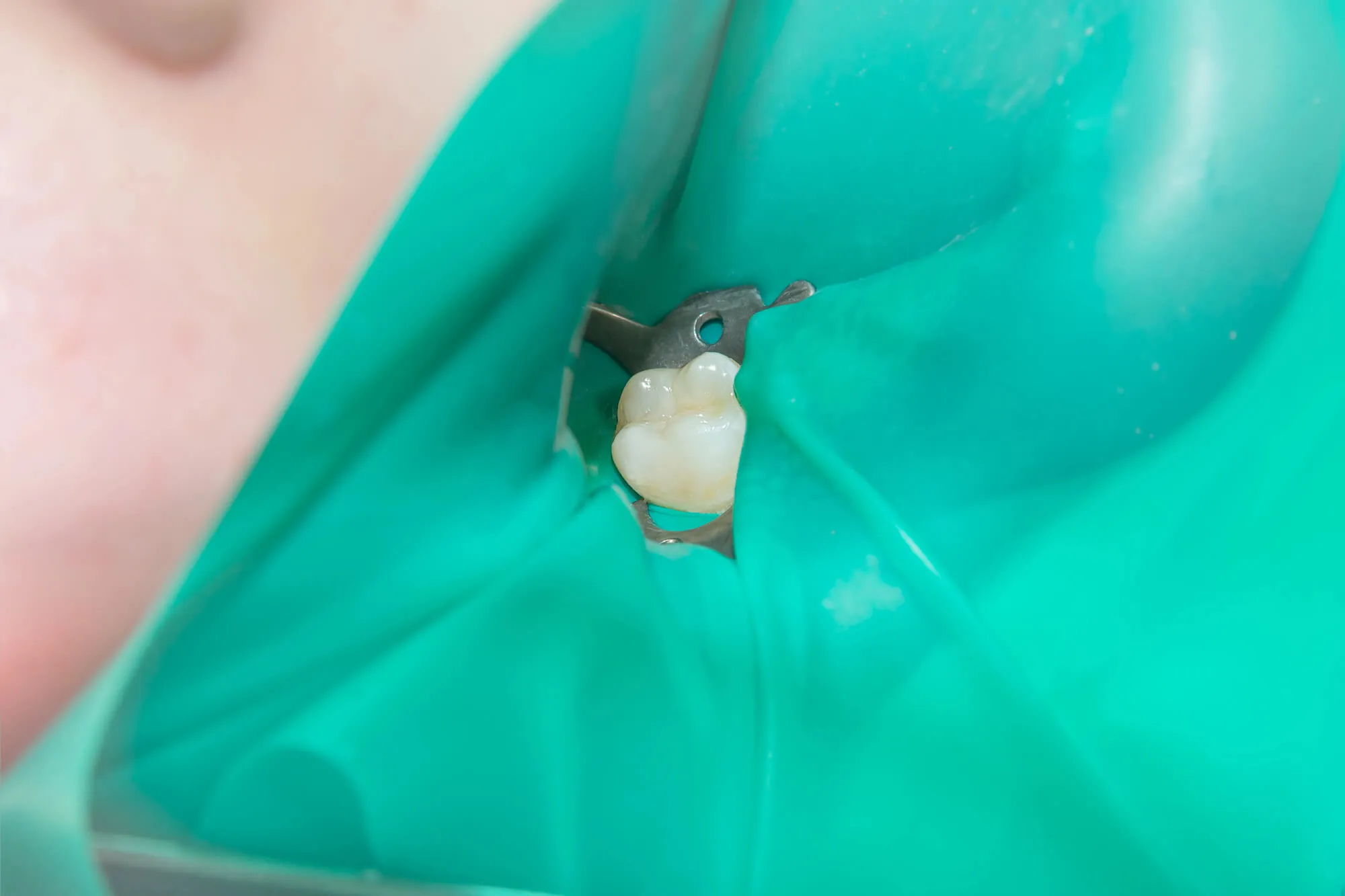
Tooth sensitivity, discomfort while eating, or visible dark spots can cause anyone to worry about their oral health. Many people delay their dental visit, hoping the discomfort will subside on its own, only to find that it worsens. In most cases, what starts as a small cavity can be easily managed with dental fillings—a common restorative treatment that protects your tooth’s natural structure and restores comfort.

Understanding Dental Fillings
Dental fillings are used to restore teeth affected by cavities, chips, or minor fractures. The procedure involves removing the damaged part of the tooth and filling it with a durable material that bonds closely to your natural enamel. Fillings are designed to look and feel natural, helping you maintain both comfort and confidence in your smile.
Types of Fillings Used Today
Modern dentistry offers a range of materials for fillings, each with distinct benefits. While metal amalgam was once common, most dentists today prefer composite resin because it is tooth-colored, safe, and blends naturally with surrounding teeth.
Composite fillings are made of a plastic resin mixed with powdered glass, giving them both strength and a lifelike appearance. They bond directly to your enamel, supporting your tooth’s structure and reducing the risk of further decay.
When You Might Need a Filling
You may need a dental filling if:
- You experience sensitivity to hot, cold, or sweet foods.
- You notice a visible hole, dark spot, or rough area on a tooth.
- Your tooth feels sore when biting down.
- Food frequently gets trapped between certain teeth.
Even if you don’t feel discomfort, cavities can progress silently. Regular checkups help detect them early, allowing your dentist to restore your tooth before the decay spreads deeper.
What Happens During a Filling Appointment
Getting a filling is a straightforward, comfortable process that can be completed in a single visit.
After numbing the area, your dentist carefully removes decay and cleans the cavity. A bonding agent is then applied, followed by layers of composite resin shaped to fit your tooth’s natural contour. Each layer is hardened using a curing light, then polished for a smooth finish.
Because composite fillings bond directly to your enamel, less drilling is required compared to older materials. This helps preserve more of your natural tooth structure.
Caring for Your Fillings
With proper care, composite fillings can last for many years. Here’s how to keep them in good shape:
- Schedule professional cleanings twice a year.
- Avoid biting hard items, such as ice or pen caps.
- Notify your dentist if you feel any roughness or sensitivity around a restored tooth.
Good oral hygiene and routine dental visits help extend the life of your fillings and prevent new cavities from forming.
Fillings and Your Overall Oral Health
Dental fillings do more than repair cavities; they help protect your tooth from future damage and preserve your natural bite. By sealing out bacteria, they prevent decay from spreading deeper into the tooth, which could otherwise lead to more complex dental work in the future.
Beyond their functional benefits, composite fillings contribute to a natural, polished smile. Because they’re matched to your tooth shade, no one will notice you’ve had any work done. It’s a small step that can make a lasting difference in your confidence and comfort.

Do You Need Dental Fillings?
At Dentistry at Kennestone, our goal is to make your dental experience as comfortable and positive as possible. Whether you need a new dental filling, a replacement for an old one, or routine preventive care, our team is here to help you protect your smile with compassion and precision.
Schedule your visit today to experience dentistry that focuses on your comfort, confidence, and long-term oral health.

